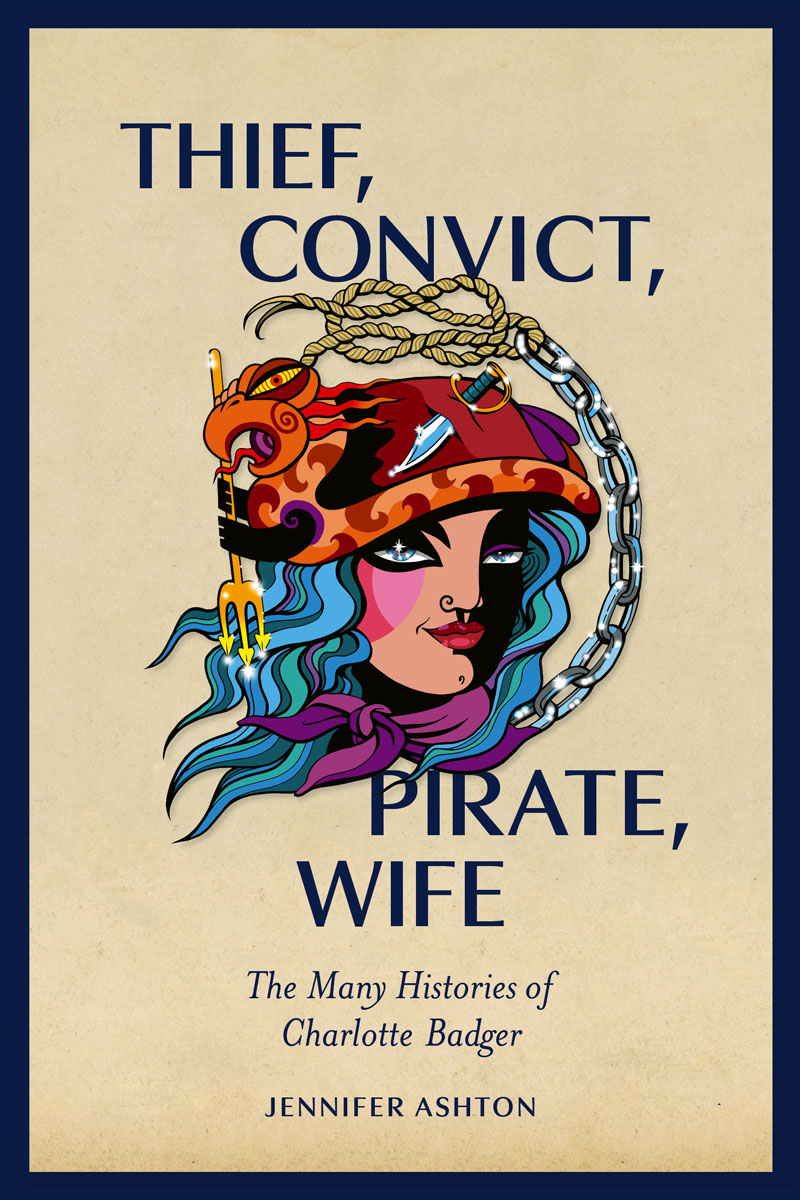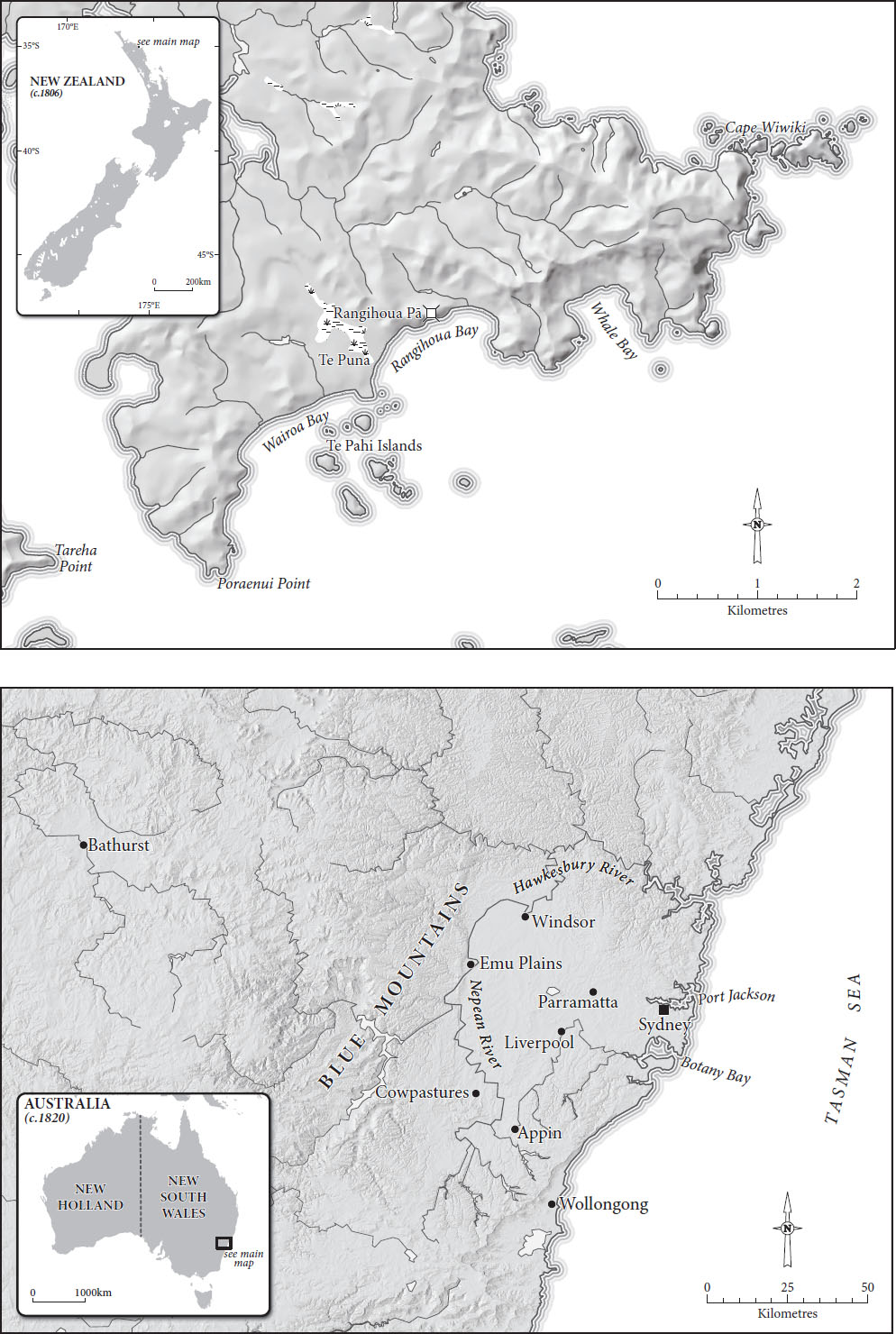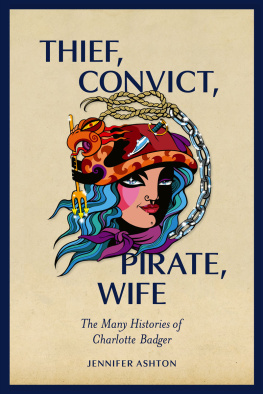Jennifer Ashton - Thief, Convict, Pirate, Wife
Here you can read online Jennifer Ashton - Thief, Convict, Pirate, Wife full text of the book (entire story) in english for free. Download pdf and epub, get meaning, cover and reviews about this ebook. year: 2022, publisher: Auckland UP, genre: Science fiction. Description of the work, (preface) as well as reviews are available. Best literature library LitArk.com created for fans of good reading and offers a wide selection of genres:
Romance novel
Science fiction
Adventure
Detective
Science
History
Home and family
Prose
Art
Politics
Computer
Non-fiction
Religion
Business
Children
Humor
Choose a favorite category and find really read worthwhile books. Enjoy immersion in the world of imagination, feel the emotions of the characters or learn something new for yourself, make an fascinating discovery.
- Book:Thief, Convict, Pirate, Wife
- Author:
- Publisher:Auckland UP
- Genre:
- Year:2022
- Rating:4 / 5
- Favourites:Add to favourites
- Your mark:
- 80
- 1
- 2
- 3
- 4
- 5
Thief, Convict, Pirate, Wife: summary, description and annotation
We offer to read an annotation, description, summary or preface (depends on what the author of the book "Thief, Convict, Pirate, Wife" wrote himself). If you haven't found the necessary information about the book — write in the comments, we will try to find it.
Thief, Convict, Pirate, Wife — read online for free the complete book (whole text) full work
Below is the text of the book, divided by pages. System saving the place of the last page read, allows you to conveniently read the book "Thief, Convict, Pirate, Wife" online for free, without having to search again every time where you left off. Put a bookmark, and you can go to the page where you finished reading at any time.
Font size:
Interval:
Bookmark:


First published 2022
Auckland University Press
University of Auckland
Private Bag 92019
Auckland 1142
New Zealand
www.aucklanduniversitypress.co.nz
Jennifer Ashton, 2022
ebook ISBN 978 1 77671 0829
Published with the assistance of Creative New Zealand

A catalogue record for this book is available from the National Library of New Zealand
This book is copyright. Apart from fair dealing for the purpose of private study, research, criticism or review, as permitted under the Copyright Act, no part may be reproduced by any process without prior permission of the publisher. The moral rights of the author have been asserted.
Design by Carolyn Lewis
Cover art by Xo Hall, 2021
Map design by Tim Nolan/Blackant Mapping Solutions
For
J & G

This is a story of doubt. It is a story of people who left little trace and whose lives are subject to speculation and doubt. There are no writings to pore over; no monuments to gaze at; no perfectly preserved homes to visit. We will never see their faces; we cannot hear the sound of their voices. In other words, they were like most of those who inhabit the past. We catch glimpses of people like them as names in documents recording the major events of their lives. If they lived at a time and in a place where the state was actively engaged in data collection, we might find them coming into contact with the courts, crossing a national border, boarding a ship, or listed as members of a household in a census. But the details of their daily lives remain out of reach. They are the people from whom most of us descend, but for the most part they are mysteries to us.
The woman at the heart of this story, Charlotte Badger, was one such person. Her life, which began at the bottom end of eighteenth-century English society, in many ways remains a mystery, or a series of gaps to be filled in. But she differs from the vast majority of historys inhabitants because her obscurity has not prevented her from playing a role in a nations history.
Our awareness of Badger owes much to her status as one of the first Pkeh women thought to have resided in New Zealand. Some of New Zealands best-known history books, including Michael Kings The Penguin History of New Zealand, James Belichs Making Peoples, Anne Salmonds Between Worlds and Barbara Brookess A History of New Zealand Women, have introduced readers to the story of her transportation as a convict to New South Wales and her subsequent escape to the Bay of Islands in 1806. In most of these accounts, though, she is an interesting but unknowable shadowy figure who fleetingly appears before vanishing again. She is a bit of added colour before the story moves on to the main events of (mostly male) missionaries and Pkeh traders and their interaction with Mori in the pre-colonial period.
The regular addition of Badger to the nations story followed her appearance in the Dictionary of New Zealand Biography (DNZB) in the 1990s. Thanks to the internet, the online DNZB has become a leading means for New Zealanders to learn about her, and her inclusion in recent publications owes much to her entry in the Dictionary. The DNZB tells us that she was baptised at St Johns Church, Bromsgrove, Worcestershire, in 1778, the daughter of Thomas and Ann Badger. In 1796 she was convicted of housebreaking at Worcester summer Assizes, and transported to New South Wales four years later, arriving in Sydney on board the convict ship Earl Cornwallis in 1801 to serve a seven-year sentence. The entry then says, In 1806 she had two years of her sentence to serve, and was an inmate at the old Parramatta Female Factory, where she gave birth to a child. In April she and her friend, Catherine Hagerty, were assigned as servants to a settler in Hobart. In late April 1806 they sailed from Port Jackson on the Venus with the child and a group of male convicts.Within a year Hagerty was dead and Kelly and Lancashire were gone, leaving Badger as the sole remaining survivor, completely dependent on local Mori. Months later, Badger was offered passage back to Sydney but refused, preferring to stay on and take her chances in her new home. The Dictionary entry concludes by saying that Badgers fate is unknown but quoting one story saying that she might have passed through Tonga a few years later and possibly then gone to America.
The doubt that surrounded her life made her a problematic figure for a publication dedicated to telling the nations history, but it did not stop her entry in the Dictionary from giving her a new breath of historical life. Nonetheless, historians have been reluctant to take Badgers story much further, and it isnt hard to understand why. We know just enough about her story for it to be enticing but not enough to flesh her out and turn her into a clearly defined historical character. The absence of her own account of her life makes her a difficult figure to get to grips with, and the lack of clarity about her fate leaves an unsatisfying taste in the mouth of biographers looking to write her life story. So, she has remained an ephemeral, fleeting player in the story of modern New Zealand.
My own interest in Badger began with this story that has been told about her. I came across her while researching early contact between Mori and Pkeh in Northland, and specifically a nineteenth-century trader named John Webster in Hokianga. Badgers experience struck me as an early example of the type of cultural interaction that happened in the north of New Zealand in the late eighteenth and early nineteenth centuries, and the challenges inherent in reconstructing such a sketchy life were enticing. While Webster left behind a wealth of first-hand accounts of his life and other useful documents, Badger, who was illiterate, left behind nothing of herself. I began to ask myself, how might such a life be reconstructed?
Whats more, when I looked at what I thought I knew of her, she seemed a fascinating figure, and not just because of what she might be able to tell us about the experiences of the shadowy convict runaways who made up a portion of New Zealands earliest European visitors. Hers was a life lived on a truly global scale. It seemed that examining Badgers movement through time and space could give us a way of understanding what her life, her travels and experience tell us about New Zealands early relationship with Sydney, the trading nexus between Sydney, New Zealand and Norfolk Island, and the routes across the globe that linked New Zealand to faraway places from the earliest days of Pkeh contact. The pathways of Badgers life could tell us about the Pacifics and, in particular, New Zealands maritime and trade connections to the rest of the world in the period before permanent Pkeh settlement began in the north in 1814.
As I began searching for Badger in earnest, I was struck by the extent to which she had entered wider culture. The retelling of Badgers story wasnt limited to history books; she turned up in novels, plays, songs, paintings and exhibitions. There was even a restaurant named after her. Written with Charlotte as the first-person narrator, it follows her life from the struggles of childhood and the shock of transportation through to her eventual escape from New Zealand to Tonga.
Next pageFont size:
Interval:
Bookmark:
Similar books «Thief, Convict, Pirate, Wife»
Look at similar books to Thief, Convict, Pirate, Wife. We have selected literature similar in name and meaning in the hope of providing readers with more options to find new, interesting, not yet read works.
Discussion, reviews of the book Thief, Convict, Pirate, Wife and just readers' own opinions. Leave your comments, write what you think about the work, its meaning or the main characters. Specify what exactly you liked and what you didn't like, and why you think so.










